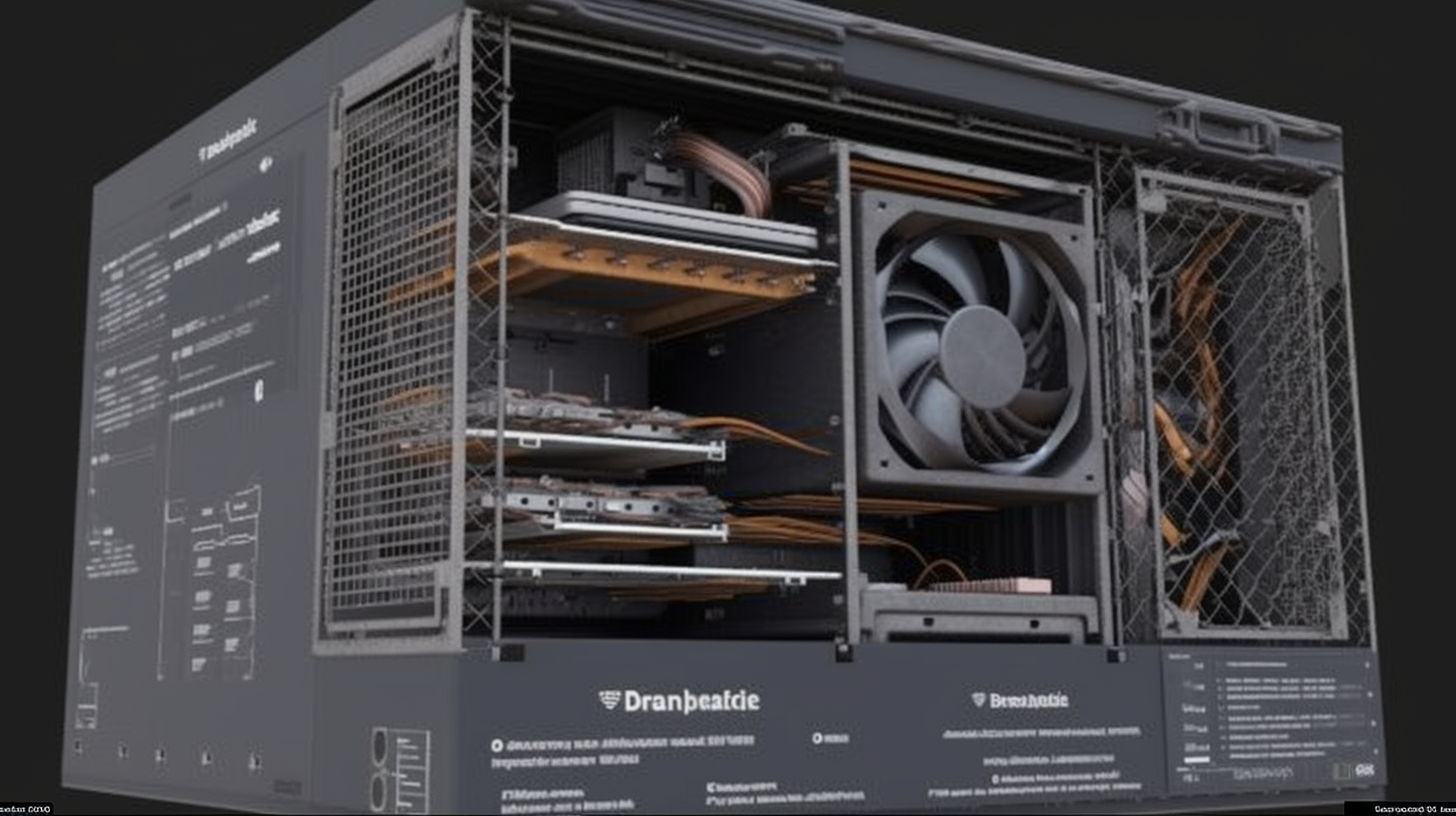Power Play: Mastering the Power Supply Installation in the CompTIA A+ Core 1 (220-1101) Exam

Ah, power supplies, the unsung hero of our computers. Power supplies, crucial to the CompTIA A+ Core 1 (220-1101) exam, frequently suffer from neglect and disregard, mirroring the oversight often seen with designated drivers in the tech realm. While installing or replacing a power supply may initially seem daunting, it is akin to learning how to ride a bike – a bit challenging at the start, but with some practice, you'll be swiftly pedaling down the Information Superhighway. Therefore, everyone, it's time to buckle up. Ready and eager, we stand on the brink, prepared to plunge straight into the complex maze of power supply installation.
Understanding the Significance of the Power Supply
In simple terms, consider the power supply unit (PSU) as acting like the lifeblood of your computer. The power supply unit (PSU) draws power from your wall outlet, converting the alternating current into the direct current, just like your heart pumping vital blood throughout your body, powering your computer components. The PSU keeps the whole show running, from your CPU's frenetic computations to your GPU's rendering of the latest graphically exhaustive games. Without it, your technologically advanced doorstop, erm I mean, computer, will remain lifeless.
Identifying the Right Power Supply
Before we embark on our grand power supply installation journey, delivering life to our metallic compatriot, it is vital to identify the appropriate PSU. This is not unlike choosing the right puzzle piece – the wrong one just won't fit. In our case, the consequences can be slightly more catastrophic, fluctuating from a gently smoldering computer case to a dramatically exploding power grid. So, remember friends, the simple mantra, "Size matters!"
The Funny Side of Power Supply Installation
Imagine this, you've gathered all your courage, screwed up your brows in concentration, and are standing in front of an open computer case, which bears an uncanny resemblance to the gaping mouth of a technological kraken. You clasp the new power supply in your trembling hands. Suddenly a wild cat appears! "Fluffy, not now!" you exclaim, as the feline nuisance tries to wedge itself into the open case, delighting in the tangled mess of wires and the warmth of the circuit board. Regretting your decision to attempt this task in the presence of a curious creature who has a notorious penchant for shiny objects, you sigh and wish for simpler times, when life was about fighting off viruses and not feverish felines.
Getting Down to Business: Power Supply Installation
After successfully vanquishing the furry foe (read: closing the room door), you turn your attention back to the task at hand. The installation process begins with turning off and unplugging your computer, removing the old PSU and carefully detaching its leads from the motherboard, drives, and peripherals. With a sigh of relief, you slide the new PSU into the vacant spot, aligning it with the case's back panel and securing it with an orchestra of screws.
Wrap Up: You've Got the Power
By now, you should be a bona fide master of power supply installation, ready to perform in front of an audience, or better yet, ace the CompTIA A+ Core 1 (220-1101) exam. Six-pack abs and hordes of adoring fans may or may not be included. Either way, be proud, brave tech warrior, for you've conquered the beast. Who knew power supply installation could be such an adventure? So, the next time you find yourself faced with a PSU in distress, fear not. Just channel your inner superhero, remember your training, and, of course, lock the cat out of the room.